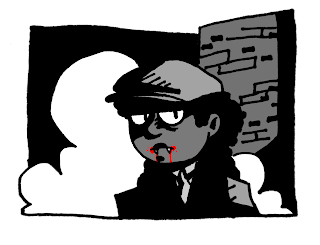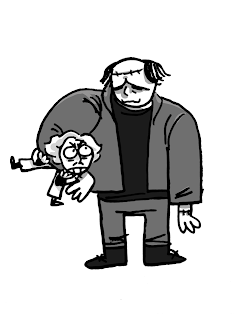Redlands Vol. 1-5 (5 points)
There’s a section in the synopsis on the back of Redlands Vol. 1 that perfectly describes the comic’s approach to portraying witches, “…the characters of Redlands play victim and villain…” Redlands is a comic filled with bad people and morally grey people, and they don’t get much better than that. The main coven does some terrible things in the name of survival and Jodie Bellaire (the writer) wants us to question their actions. It’s rare to see women portrayed in such a complex way; usually, women are shown to either be saints or devils. This has gotten better over time of course, but the lack of a middle ground is still the norm in mainstream media. This is, of course, mainly because women are still primarily written by straight white men and not, well, women. Even if I didn’t read the introduction by Tom King talking abou...







